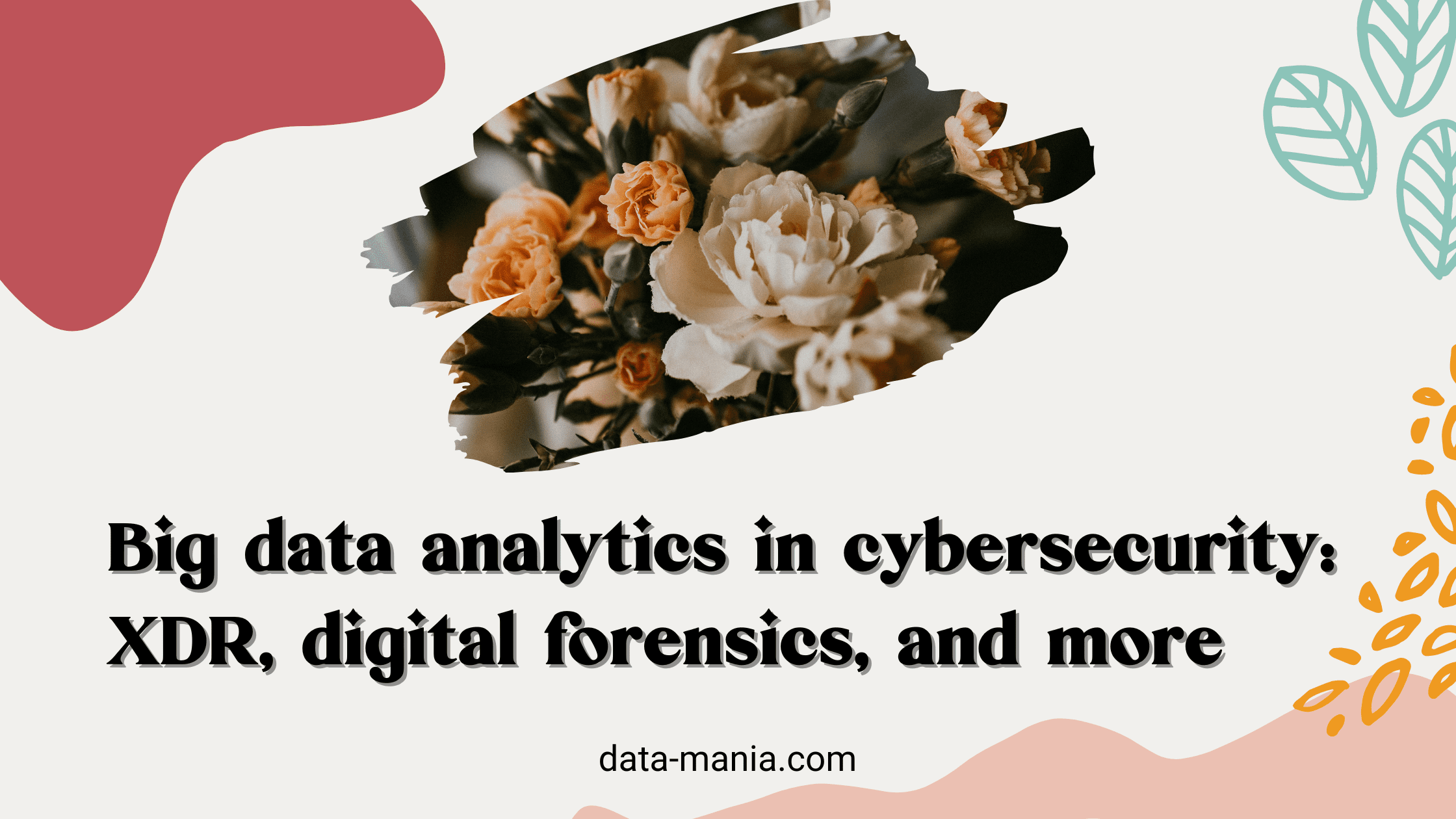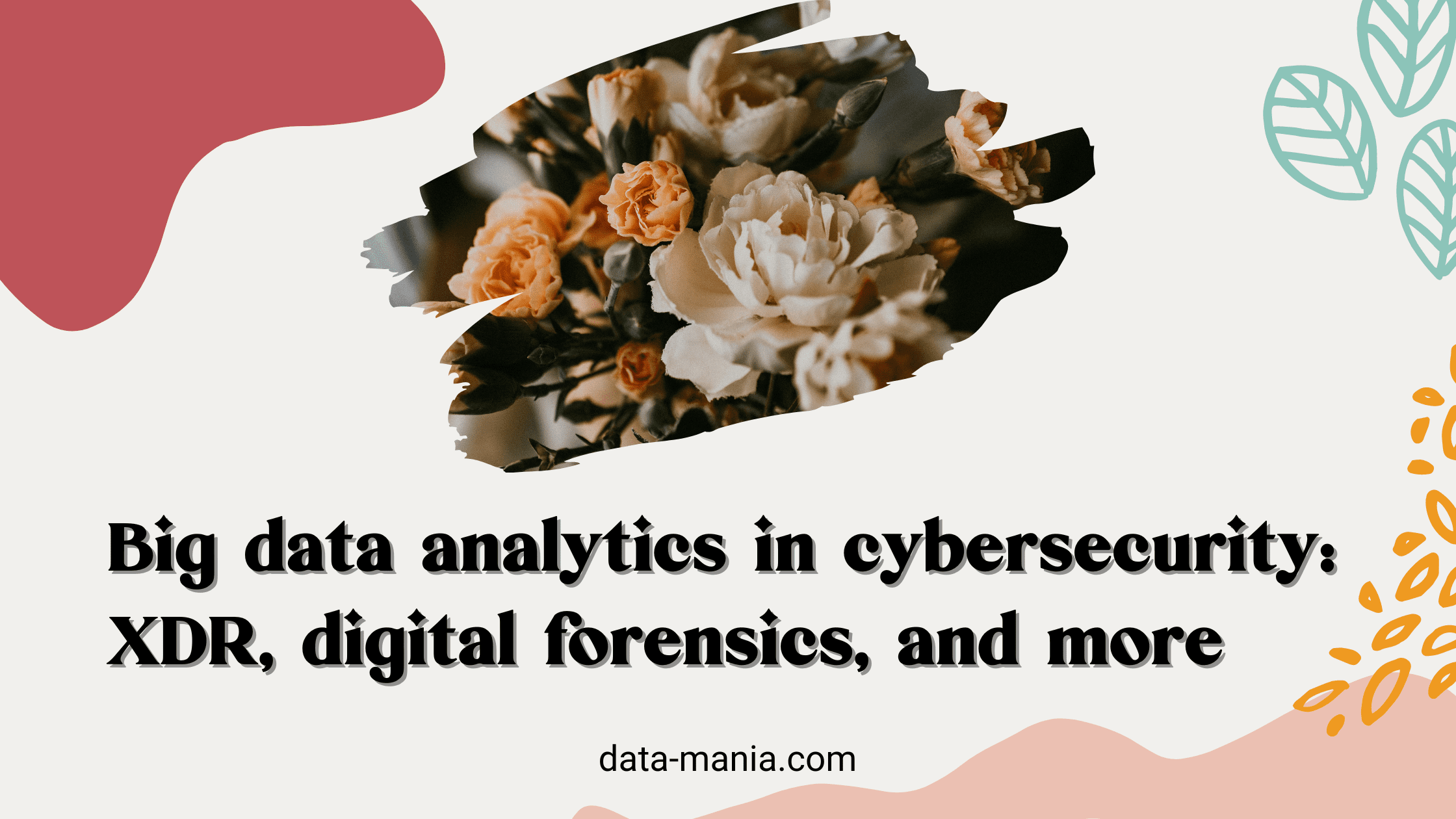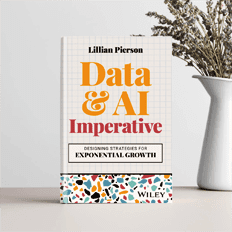Curious about the relevance of big data analytics in cybersecurity? This article will show you the different techniques in big data analytics which drive innovation to information technology security.

What Is Big Data Analytics?
Big data analytics is the process of deriving insights from big data to assist organizations in making informed business decisions. It is a complex process that helps identify hidden patterns, correlate information, detect market trends, and identify customer preferences. Typically, this process involves statistical analysis, predictive modeling, and what-if analysis.
Data analytics technologies provide the means to derive insights from large data sets. Business intelligence (BI) queries, for example, answer rudimentary questions about business operations and performance. Organizations employ big data analytics to improve business outcomes and gain a competitive advantage. For example, it can help improve marketing and identify new revenue opportunities.
XDR and Big Data Analytics


A security analytics engine processes this data, triggering alerts based on specified rules or filters—it identifies security events and classifies them according to severity. XDR detects security incidents using the best big data analytics technique. It examines network activity to identify behavioral patterns across different security layers that might indicate a sophisticated attack.
XDR correlates strings of events and marks them as malicious, saving time for security analysts, who can then investigate the events further. By cross-correlating diverse information, XDR identifies patterns that an individual solution cannot see. Furthermore, XDR analytics become more effective with more rules, layers, and sources, although data quality is also important:
- Rules—XDR leverages cloud infrastructure to enable frequent new and modified threat detection rules. Machine learning techniques can refine these rules over time to improve fidelity.
- Sources—threat intelligence drives the evolution of new threat detection models.
- Layers—each additional security layer improves the cross-layer analysis.
Digital Forensics and Big Data Analytics


Digital forensics and incident response (DFIR) solutions identify, remediate, and investigate cybersecurity incidents. This digital forensics encompasses collecting and analyzing forensic evidence to produce detailed event insights. The incident response process typically involves blocking, containing, and preventing attacks.
The combined capabilities of DFIR allow businesses to close security gaps quickly and restore operations, providing crucial evidence for identifying and prosecuting cybercriminals.
Here is how the four V’s of big data relate to digital forensics:
- Volume—the amount of data collected from compromised devices.
- Variety—the different data and file types present in a medium.
- Velocity—the amount of time required to collect and process the forensic data.
- Value—the data’s value in intelligence extracted with popper processing.
Big data analytics often involves structured and unstructured data. Structured data often includes numbers, dates, phrases, or other strings of information. It is easy to store in databases and retrieve for investigations. Various tools can process structured data by parsing user data, converting data to presentable formats, and prioritizing specific structures.
Unstructured data has no predefined data model and is often difficult to organize. It may include various forms of text, video and audio files, social media accounts, and web pages. Complex search queries are often necessary to make sense of unstructured data.
The extraction of structured intelligence enables big data investigation, allowing examiners to view actionable datasets. This process typically involves phased actions to convert structured and unstructured data into tangible analysis formats. Many law enforcement agencies don’t extract intelligence from their stored data for use in forensic and behavioral analytics.
Big data analytics makes it easier for forensic examiners to search for specific issues and identify patterns. Additionally, advanced search techniques provide instant results when examiners search for data strings.

SIEM and Big Data Analytics
Security information and event management (SIEM) systems centralize the collection, correlation, and analysis of log data and alerts across various security tools. Traditional SIEM systems employ correlation rules to automatically identify security incidents and push alerts to relevant parties. These features provide context on events, users, and devices throughout the organization, offering the data needed to perform advanced analytics.
Today’s next-generation SIEM systems can integrate with advanced analytics platforms, such as user and entity behavior analytics (UEBA). They can also offer these capabilities as a built-in feature. Next-generation SIEM systems employ advanced technologies like machine learning and deep learning to go beyond correlation rules. Here are key features:
- Complex threat identification—sophisticated attacks typically consist of multiple events, each seemingly innocuous on its own. Big data analytics processes examine data across multiple events and historical periods to identify suspicious activity.
- Entity behavior analysis—SIEM systems can identify baseline behaviors of critical assets like medical equipment and servers and automatically detect anomalies that indicate a threat.
- Lateral movement detection—once threat actors breach the network, they often try to move laterally by accessing additional machines and changing credentials to escalate privileges and gain access to sensitive data. SIEM systems analyze data and use machine learning to identify lateral movement across the network and system resources.
- Insider threats—SIEM systems detect abnormal behaviors of people or system resources, differentiating between a misbehaving user account and various data points to identify a compromised insider account or a malicious insider.
- Detection of new attacks—SIEM systems employ advanced analytics to detect zero-day attacks or unknown malware and push alerts to relevant parties.

Big Data Analytics in Cybersecurity: Conclusion
In this article, I showed how big data analytics techniques are driving the biggest innovations in cybersecurity:
- XDR is a new category of security platform that collects big data from multiple systems and uses the concept of rules, sources, and layers to construct security incidents from individual data points.
- Digital forensics leverages structured intelligence to query security events and find evidence that can help detect, mitigate, and prosecute cyber threats.
- SIEM is the central database of the modern security environment. Modern SIEM systems leverage big data analytics to tackle hard problems like identifying insider threats and detecting zero day attacks.
I hope this will be useful as you explore the effect of big data analytics in cybersecurity and the convergence between them.
Hey! If you liked this post, I’d really appreciate it if you’d share the love by clicking one of the share buttons below!
A Guest Post By…


You can follow Gilad on LinkedIn.
If you’d like to contribute to the Data-Mania blog community yourself, please drop us a line at communication@data-mania.com.





